Device Status Diagnosis
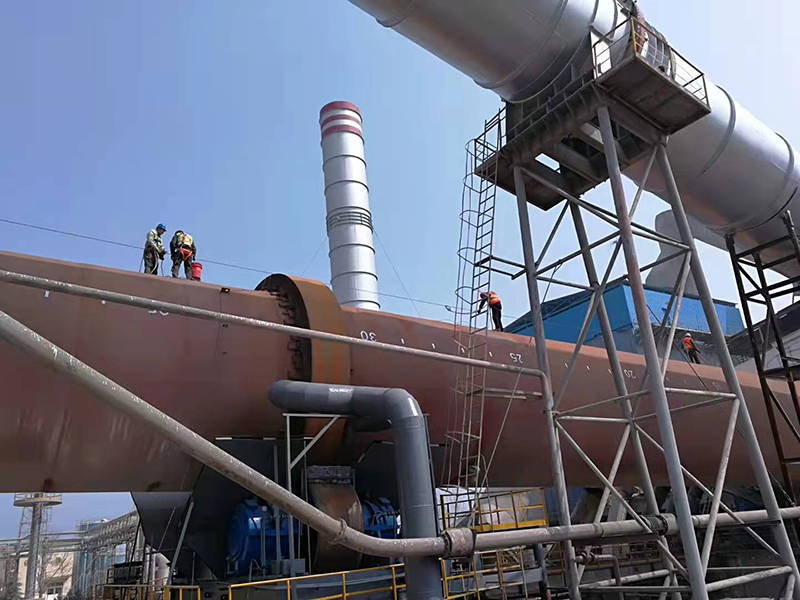
Monitoring and diagnosis are the basic technical means to improve the reliability of equipment. Through professional testing equipment, early signs of failure can be found and dealt with in time.
I. Vibration monitoring and fault diagnosis
Professional technicians carry instruments to the site for offline monitoring, which can provide status detection and fault diagnosis services for motors, gearboxes and various industrial equipment, predict faults for users in advance and improve equipment reliability.
It can realize early diagnosis of various faults such as coupling alignment, rotor dynamic balance, equipment foundation monitoring, bearing monitoring, etc., and provide customers with solutions.
II. Motor monitoring and fault diagnosis
Monitor the running status of high-voltage motors. Conduct rotor air gap and magnetic eccentricity analysis, insulation analysis, frequency conversion device fault analysis, DC speed control system fault analysis, synchronous motor diagnosis, DC motor armature and excitation winding diagnosis for AC motors. Analysis of power supply quality. Temperature detection of motors, cables, transformer terminals, and high-voltage cable terminals.
III. Tape detection
Manual inspection cannot detect whether the steel wire in the tape is broken, and whether the steel wire in the joint is twitching. It can only be judged subjectively by the degree of aging of the rubber, which brings great hidden dangers to normal production and operation. "Wire Tape Detection System", which can clearly and accurately see the condition of steel wires and joints and other defects in the tape. Periodic testing of the tape can predict the service conditions and life of the hoist tape in advance, and effectively avoid the occurrence of steel wire breakage. The hoist was dropped and the steel wire tape was broken, which seriously affected the normal operation of the production.
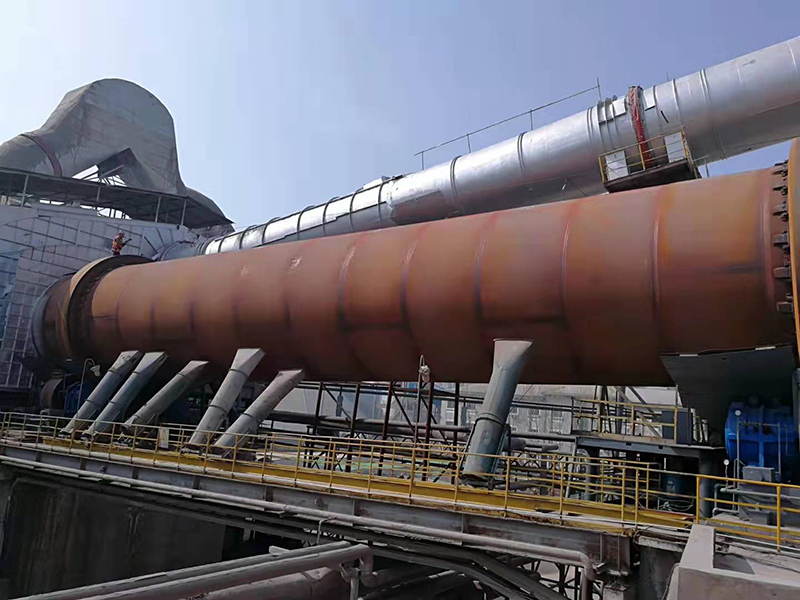
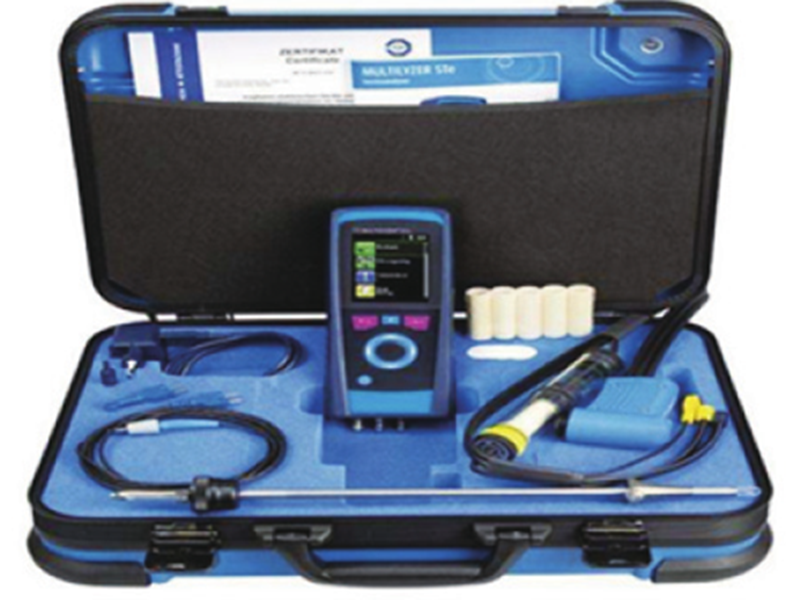
IV. Nondestructive testing
The company has ultrasonic flaw detectors, thickness gauges, electromagnetic yoke flaw detectors, and magnetic particle flaw detectors.
V. Foundation test
We mainly carriy out surveying and mapping services such as topographic map mapping, right boundary mapping, surveying, control, surveying, deformation monitoring, settlement monitoring, filling and excavation surveying, calculation of engineering construction, lofting and mine surveying, etc.
VI. Rotary kiln detection and adjustment
We apply advanced equipment to monitor the condition of the rotary kiln. It can detect the straightness of the central axis of each retaining roller, the contact condition of each retaining roller and the roller, the force condition detection of each retaining roller, the ovality detection of the rotary kiln, the detection of the slip of the roller, the detection of the roller and the kiln head , kiln tail radial runout measurement, rotary kiln support roller contact and inclination detection, large ring gear runout detection and other items. Through data analysis, a grinding and adjustment treatment plan is formed to ensure that the rotary kiln is running properly.
VII. Cracking welding repair
Provide welding repair and repair services for defects in mechanical equipment forgings, castings and structural parts.
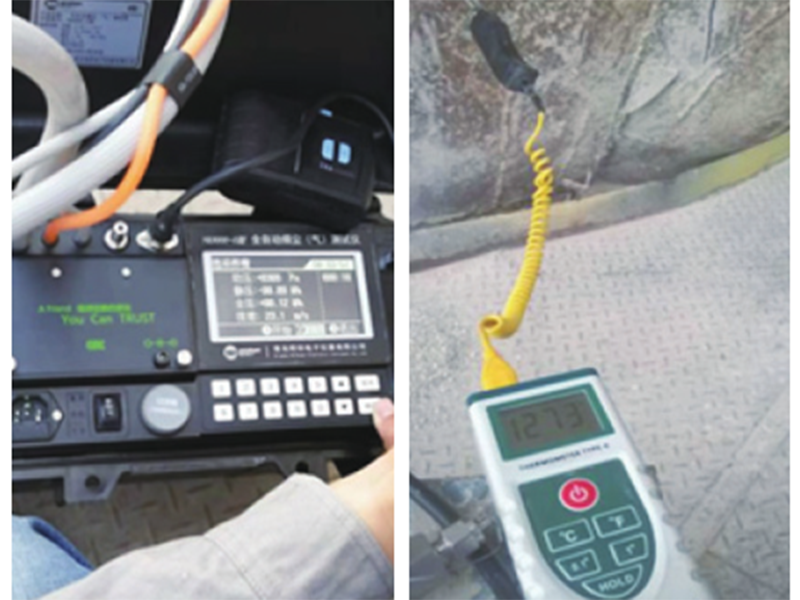
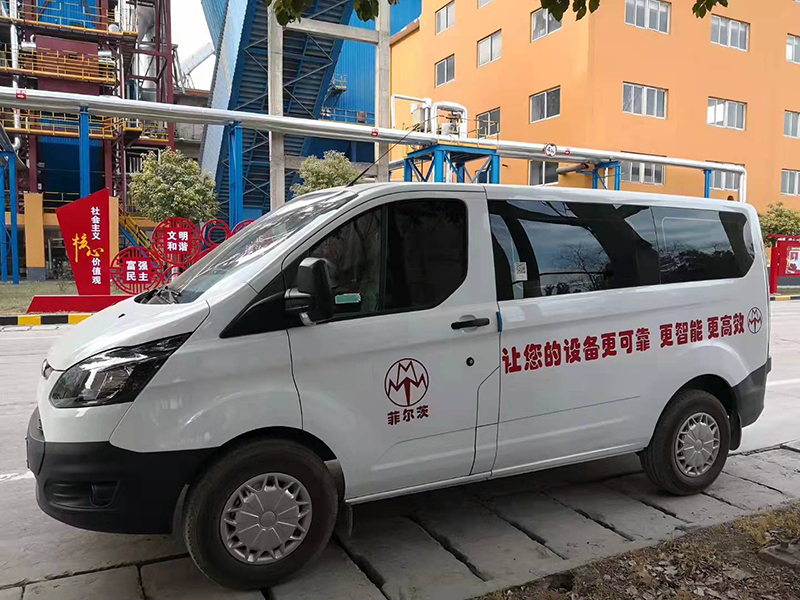
VIII. Thermal calibration
To carry out thermal inspection and diagnosis of cement production system, mainly carry out the overall detailed inspection for the following purposes, and organize the inspection results and treatment plans into a formal report and submit it to the customer's factory.
A. Service content:
1) According to the requirements of energy-saving work and the specific conditions of the enterprise, select the object of thermal balance.
2) According to the purpose of thermal engineering, determine the test plan, first select the measurement point, install the instrument, make prediction and formal measurement.
3) Perform individual calculations on the data obtained from each point test, complete the material balance and heat balance calculations, and compile a material balance table and a heat balance table.
4) Calculation and comprehensive analysis of various technical and economic indicators.
B. Service effect:
1) Combined with the operating conditions of the factory, the operating parameters are optimized through CFD numerical simulation.
2) Develop professional rectification plans for the bottleneck problems affecting production to help factories achieve high-quality, high-yield, and low-consumption operations.
Dry fog dust suppression system
In recent years, with the warming of cement industry market and the gradual improvement of national environmental protection requirements, various cement enterprises have paid more and more attention to environmental health. Many cement companies have put forward the slogan of building a "garden-style cement factory", and investment in environmental reform has been increasing.
The most dusty place of cement factory is the limestone yard. Due to the high distance between the long arm of the stacker and the ground, and the inability to install dust collector, the stacker raises ash easily during stacking process , which is extremely unfavorable to the health of the staff and the smooth operation of the equipment.
In orfer to sovle this problem, Tianjin Fiars intelligent technology Co, Ltd, developed the dry fog dust suppression system. Its principle is to generate a large amount of dry mist through the atomizing nozzle, and spray it to cover the place where the dust is generated. When the dust particles contact the dry mist, they will stick to each other, agglomerate and increase, and finally sink under their own gravity to achieve the purpose of eliminating dust.
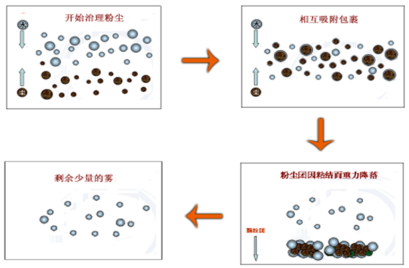
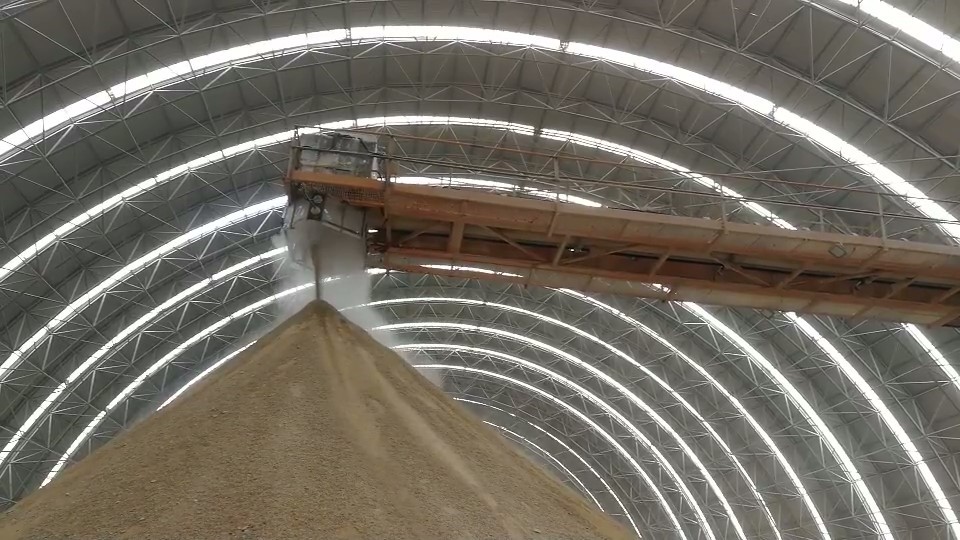
The dust suppression system have the following four applications :
I. Installed on the stacker and reclaimer
The dry fog and dust suppression of the stacker is to install a certain number of nozzles at the long arm of the stacker. The dry fog generated by the nozzles can completely cover the blanking point, so that the dust cannot be raised, thus completely solving the problem of the yard. The dust problem not only ensures the health of the post personnel, but also increases the service life of the equipment and spare parts.
II. Installed on the roof of the raw material storage yard
For the raw material yard that does not use a stocker to unload, a certain number of nozzles can be installed on the top of the roof, and the mist generated by the nozzles can suppress the dust raised in the air.
III. Installed on both sides of the road
The spray dust suppression system can be used for automatic road spraying, which can suppress dust and prevent catkins and poplars produced in spring. Continuous or intermittent spraying can be set according to the situation.
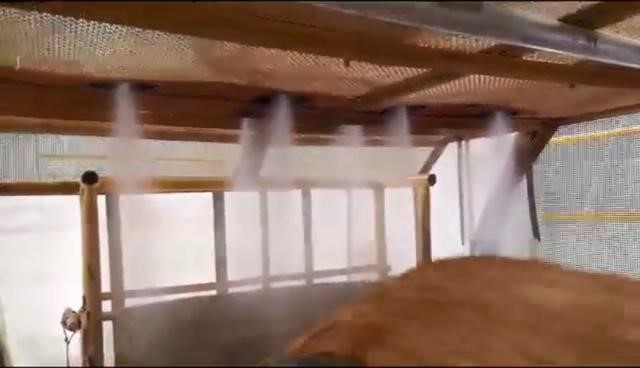
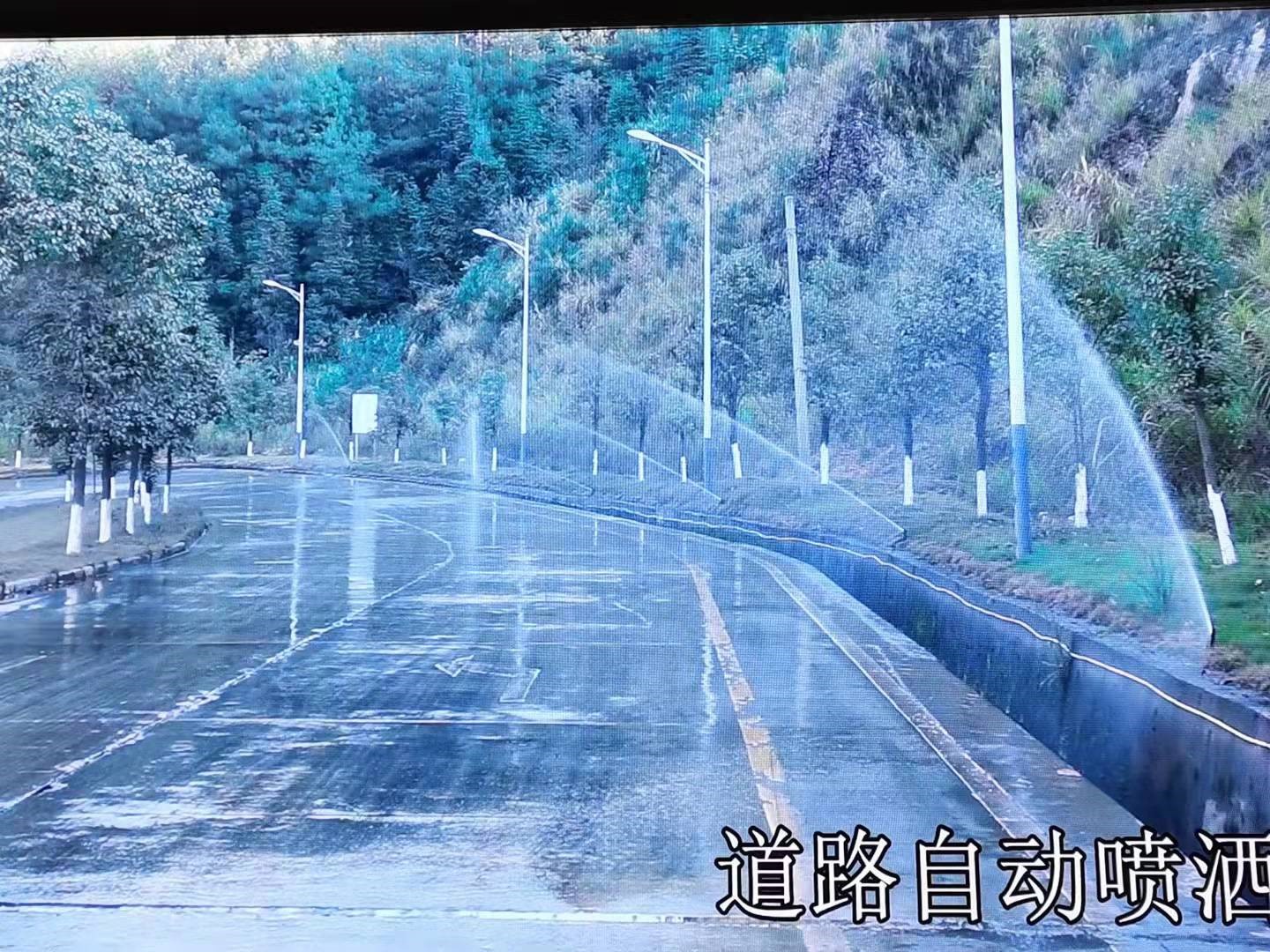
IV. For equipment spraying
The spray dust suppression system can also be used for equipment spraying. High equipment or system temperature caused by process or equipment problems will affect equipment safety, time and product quality. According to the actual situation, a spray (water) system can be installed in the place where high temperature is generated, and an automatic adjustment device can be configured, which can automatically start and stop according to the set temperature range without manual operation.
The dry fog dust suppression system developed by Tianjin Fiars is a mature and reliable system. It has solved the problem of heavy ash for more than 20 cement plants such as BBMG and Nanfang Cement, and has been well accepted by our customers.
